With the impending colder weather, Metro is piloting some new track equipment to fight the snow and ice and maintain overground rail service.
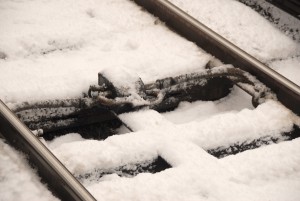
Snow on a track switch at Twinbrook Station
As a pilot project funded through Metro’s Sustainability Lab, we have replaced the switch heaters at Glenmont Yard with a new energy efficient heater that not only reduces energy consumption, but is also easier to install and maintain.
Switch heaters are vital to winter operations, providing radiant heat to track switches to prevent them from icing up and restricting train movements. Within the Metrorail system, each rail yard controls its heaters on an individual basis, and heaters are frequently in constant operation during the winter to allow tracks to remain operational.
Glenmont is Metro’s smallest yard and also has one of Metro’s more expensive electricity rates, so it was an ideal candidate to pilot the new heaters. Should testing prove successful this winter, we could adopt this new style of switch heater as standard across 58 miles of surface revenue track and 8 Metrorail yards. This could save Metro over $110,000 annually in energy costs.
Each year the Sustainability Lab tests out new ideas such as these switch heaters for large-scale deployment, and we would love to have your help in finding ways to reduce resource consumption and improve service. Whatever the idea, we’d love to hear your thoughts and consider them.
So help us think big! Submit your ideas online or email them to planning@wmata.com.
Two years into operation Metro’s solar powered high efficiency water treatment facility continues to work as designed by producing as much energy as it needs on-site to perform the entire subsurface water treatment process.
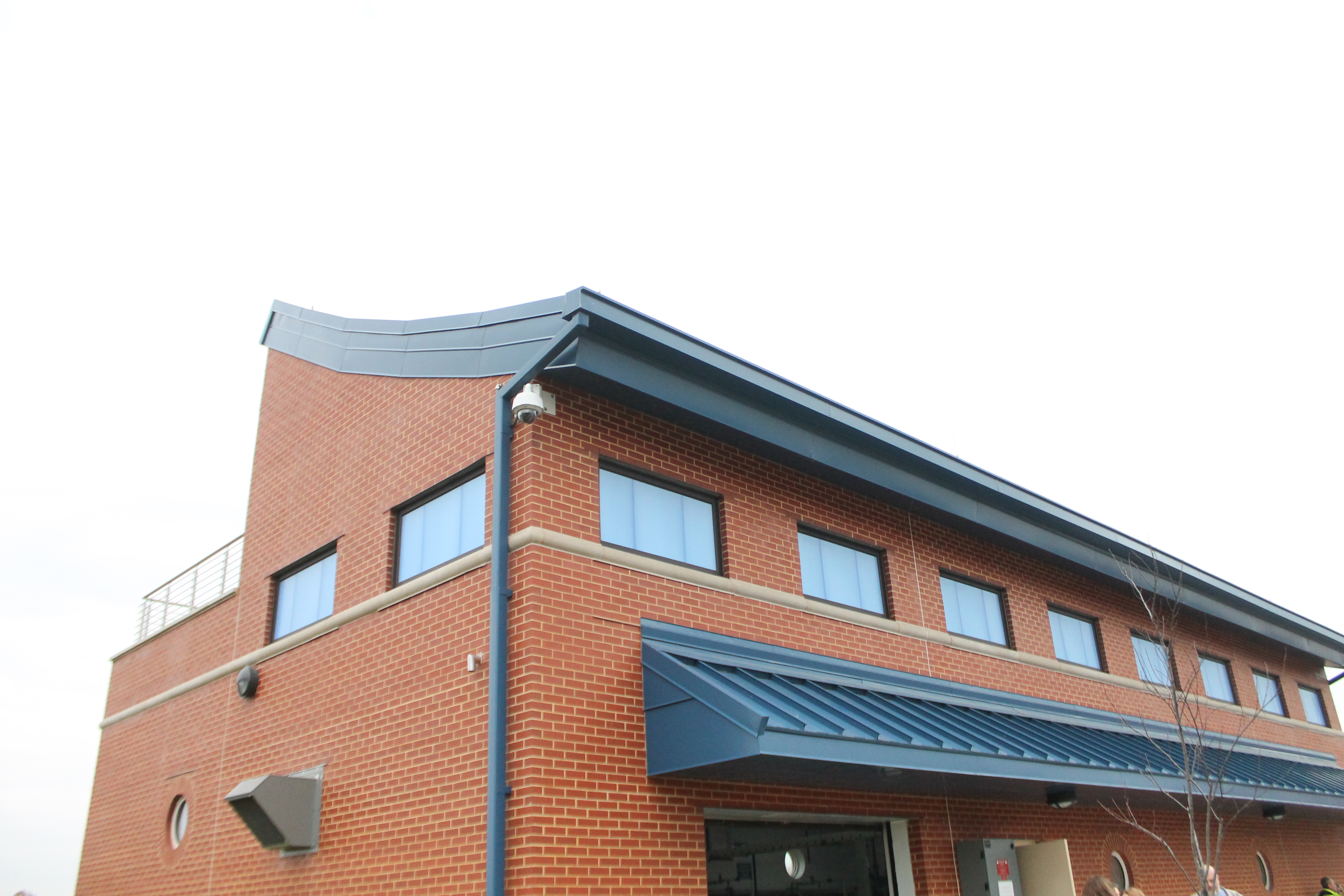 According to Basil Borisov, Environmental Engineer at Metro’s Office of Environmental Management and Industrial Hygiene, “During the summer of 2016, the Largo Water Treatment Facility has been generating more power than it uses. The monthly surplus of electricity has almost reached 300 kWh; for comparison, a typical refrigerator uses 50 to 100 kWh per month. Excess electricity was generated on more than 25 days out of each month.”
According to Basil Borisov, Environmental Engineer at Metro’s Office of Environmental Management and Industrial Hygiene, “During the summer of 2016, the Largo Water Treatment Facility has been generating more power than it uses. The monthly surplus of electricity has almost reached 300 kWh; for comparison, a typical refrigerator uses 50 to 100 kWh per month. Excess electricity was generated on more than 25 days out of each month.”
Clean energy water treatment supporting a clean Bay – keep up the good work.
In this guest post, Mr. Christiaan Blake, Director, WMATA Office of ADA Policy and Planning describes a new cost-cutting partnership called Abilities-Ride.
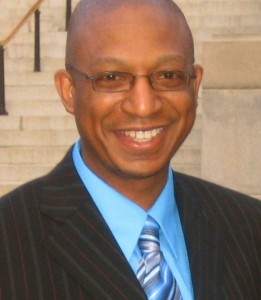
Mr. Christiaan Blake, Director, WMATA Office of ADA Policy and Planning
On September 30, the Washington Metropolitan Area Transit Authority (WMATA) issued a request for proposals (RFP) for its new Abilities-Ride program. Abilities-Ride is designed to provide MetroAccess–eligible customers with access to a general trip purpose alternative in the Prince George’s and Montgomery County sections of the MetroAccess service area. Depending on the results of the program, Abilities-Ride could be expanded to cover the entirety of the MetroAccess service area. Abilities-Ride will not be a Metro service, but instead a public-private partnership between Metro and one or more vendors that provide existing or soon-to-be established generally available on-demand service. Metro will subsidize up to $15 per eligible customer trip.
MetroAccess Sustainability
MetroAccess is the region’s designated paratransit service for people whose disabilities prevent them from using bus and/or rail services for at least some of their trips. As outlined in the Americans with Disabilities Act (ADA), paratransit services like MetroAccess were designed to be a safety net. However, in many places, including the Metro service region, demand for paratransit has grown at unsustainable rates. To address the growth in demand for MetroAccess, WMATA has been facilitating the availability of new alternative services among which MetroAccess customers could choose. The new alternatives include the Coordinated Alternatives to Paratransit Service (CAPS) pilot program for trips to/from human services agencies, and the highly successful TransportDC service that allows Washington, DC residents eligible for MetroAccess to call a cab for medical and work-related trips anywhere in DC for a flat, $5 fare. Read more…
Metro will host three Bike to Work Day pit-stops on May 20th; sign up now!
Friday May 20th is Bike to Work Day 2016, and Metro is gearing up to be part of the fun (Yes, biking to Metro counts!). While it may be appropriate that National Bike Month has opened with rainy Dutch weather, we’re optimistic that the sun will break through in time.
Sign up now and plan to stop by one of the 83 pit-stops across the region. Each pit-stop will be chock-full of food, drinks, giveaways, city cycling safety tips and more. We may be biased, but we think the best pit-stops are at Fort Totten, East Falls Church, and College Park stations.
Hope to see you there!

As Earth Day approaches, we’ve documented the strong foundation of sustainable practices at Metro in our newly updated Sustainability Report.
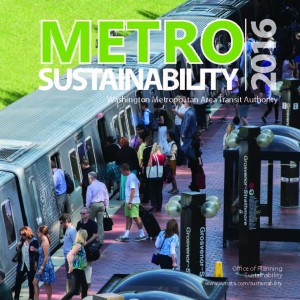 Metro has launched a rebuilding and service campaign that is aimed to bring riders back to Metro by providing safe effective and reliable service. Because service is one of the biggest sustainability benefits transit provides, rebuilding its ridership will help the authority reach the regional ridership, climate change and connected communities goals as outlined in Metro’s Sustainability Initiative.
Metro has launched a rebuilding and service campaign that is aimed to bring riders back to Metro by providing safe effective and reliable service. Because service is one of the biggest sustainability benefits transit provides, rebuilding its ridership will help the authority reach the regional ridership, climate change and connected communities goals as outlined in Metro’s Sustainability Initiative.
Metro’s annual sustainability report provides a rare view into Metro’s efforts to achieve the sustainability goals it set for itself – reporting on successes and setbacks alike. The past and future projects list under each target reads like an encyclopedia of transit agency best practices from testing energy efficient switch heaters to designing pedestrian accessible stations.
Rebuilding sustainably where possible will help Metro achieve long term financial savings while creating a cleaner, more modern, safer, and more reliable system. These investments will help Metro on it’s trajectory to reach its ambitious but achievable sustainability targets. To read more about Metro’s achievements to date and upcoming projects, check out Metro’s 2016 Annual Sustainability Report.
Tell us what you think of Metro’s sustainability efforts. We are always listening to new ideas for potential projects. Submit your ideas online or email them to planning@wmata.com.
After successfully testing a battery at West Falls Church, Metro is looking into more ways of re-capturing braking energy from trains. This could save operating costs and improve environmental sustainability, too.

FTA Visit to WMATA Battery Storage Pilot at West Falls Church
Metro spends approximately $50 million each year on electricity to move our riders and railcars around the system. Last month, the Federal Transit Administration (FTA) released a final report they commissioned Metro to conduct on technology to capture excess energy from regenerative braking through energy storage. The project was conducted by Metro and Kawasaki Heavy Rail Inc. at Metro’s West Falls Church substation as a “proof of concept” test of nickel-metal hydride battery technology as a storage media to capture otherwise wasted railcar braking energy from the direct current third rail.
Although the battery is headed back to Kawasaki, the demonstration was a success. We learned how the technology could work with our infrastructure, and how the battery technology supports the asset management, safety and resource efficiency work of the FTA’s Office of Research, Innovation and Demonstration in the following areas:
- Energy savings of approximately $100,000-200,000 that can reduce transit agencies’ utility consumption and peak power demand charges.
- Voltage support to reduce line loss on the third-rail power distribution network. In particular, this offers significant benefits to system performance between traction power substations (fed from the local utility) providing a more efficient energy transfer to railcars.
- Emergency power support to move stationary railcars to safe access points in the event of a power outage from the local utility.
- Augmenting existing traction power substations to support revenue service during maintenance downtime, and/or enhancing power supply as part of traction power upgrades to support better service such as Metro’s 100% 8-car train expansion.
Metro is now analyzing of how battery technology could be scaled more widely throughout the system. As part of this process, Metro’s engineers are monitoring the results of similar energy storage/energy saving projects that have been undertaken by peer transit agencies such as the Southeastern Pennsylvania Transportation Authority and London Underground.
As the cost of battery storage media such as nickel-metal hydride and similar lithium ion technology continues to fall, the economic benefits to rail transit will continue to grow. With the publication of this final report, Metro’s engineers’ commitment to strategic federal research provides a tangible example of how the Authority can support emerging technology as part of an investment in cost-effective new technology, and efficiently manage operating expenses.
The new MTPD Station is certified green.
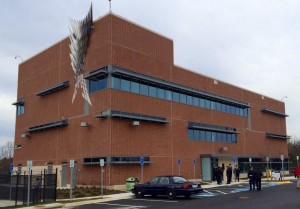
Harry Davis, Jr. Metro Transit Police District II Police Station
The Harry Davis, Jr. Metro Transit Police District II Police Station and Range Training Facility at Franconia-Springfield have both been officially awarded Leadership in Energy and Environmental Design (LEED) Silver certification by the U.S. Green Building Council (USGBC).
From inception the project targeted the environmental requirements for LEED certification. However, when construction began in 2013 the process to deliver the necessary credits and provide documented evidence of performance to USGBC began in earnest. Read more…
Construction of the K Street Transitway and Union Station to Georgetown Streetcar might result in some growing pains, but Metro & DDOT already have a remedy.
The H/I/K Streets NW Corridor is a heavily congested corridor with traffic frequently backed up and traffic jammed at rush hour. Fortunately, DDOT has approved the K Street Transitway, an exclusive two-way, two-lane median east-west transitway between 20th and 9th Streets NW, to improve the transit and traffic conditions in this corridor. The transitway would also be utilized by a future Union Station to Georgetown streetcar.
Construction of the transitway will likely take a lane or two away from an already congested corridor and Metro would need to reroute our buses to ensure safety and performance.
Current K Street bus service would likely need to detour via H and I Streets NW, but H and I Streets are at capacity!
At rush hour, cars, bikes and pedestrians all fight for limited street space along H and I streets NW. It is common to see bottlenecks, strings of red brake lights, packed crosswalks and cars moving at a sluggish 10.8 MPH through the corridor during the PM Peak. These delays impact our bus service along the corridor. How much service do we have there? A lot. Read more…
September 11th, 2015
Mark
Metro is exploring opportunities to partner with a private company or investor to pilot off-board SmarTrip® loading to help improve customer travel times and lower our operating costs.
Metrobus speeds have steadily decreased over time as the region grew and traffic worsened. This not only negatively impacts Metro customers, but also increases our operating costs. As traffic congestion erodes bus speeds, we need to deploy more vehicles and operators on the busiest routes in order to maintain service frequencies. We know that behind the statistics stand legions of bus riders who want faster service, as well as counties and cities that want lower bills for that service.
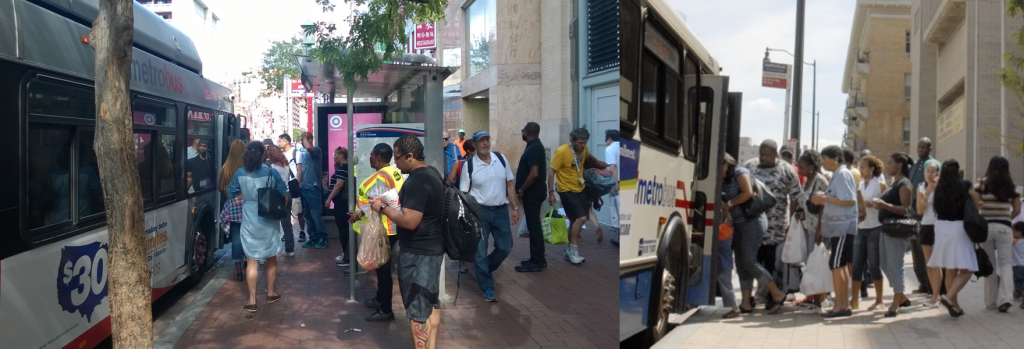
Crowded boarding and long dwell times
Off-Board Fare Payment and Transit Prioritization
There is no silver bullet to speed up transit. Instead, agencies can use a combination of technology and on-street treatments to increase bus speeds and move more passengers. One of the few prioritization strategies Metro can undertake on its own is allowing off-board fare loading, moving all SmarTrip® value loading from the farebox to kiosks near bus stops. This would reduce the amount of time it takes for passengers to board buses and pay fares, in turn speeding up bus trips. We have looked into this in the past and have recently revisited this important concept. Read more…
Metro has released its first sustainability report, with aggressive performance targets to guide the Authority and the region on the path to becoming the most sustainable in the nation.
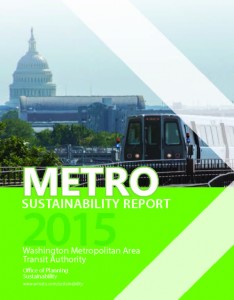
Metro Sustainability Report 2015
As Metro’s Silver Line celebrated its first year of service in July it is timely to revisit the Metro’s first Sustainability Report. Released in April, the report outlines the sustainability benefits that the Silver Line and the Metro system as a whole bring to the region. The opening of the Silver Line has resulted in mode shift changes — as indicated by a 15% reduction in peak hour traffic at multiple intersections along Route 123 — combined with emerging transit-oriented development and walkability improvements around the Silver Line. These underscore the Authority’s progress towards the ridership, climate change and connected communities goals of Metro’s Sustainability Initiative – as documented in the Authority’s first annual report.
Tell us what you think of Metro’s sustainability efforts and we are always listening to new ideas for potential projects. Submit your ideas online or email them to planning@wmata.com.


 According to Basil Borisov, Environmental Engineer at Metro’s Office of Environmental Management and Industrial Hygiene, “During the summer of 2016, the Largo Water Treatment Facility has been generating more power than it uses. The monthly surplus of electricity has almost reached 300 kWh; for comparison, a typical refrigerator uses 50 to 100 kWh per month. Excess electricity was generated on more than 25 days out of each month.”
According to Basil Borisov, Environmental Engineer at Metro’s Office of Environmental Management and Industrial Hygiene, “During the summer of 2016, the Largo Water Treatment Facility has been generating more power than it uses. The monthly surplus of electricity has almost reached 300 kWh; for comparison, a typical refrigerator uses 50 to 100 kWh per month. Excess electricity was generated on more than 25 days out of each month.”








Recent Comments